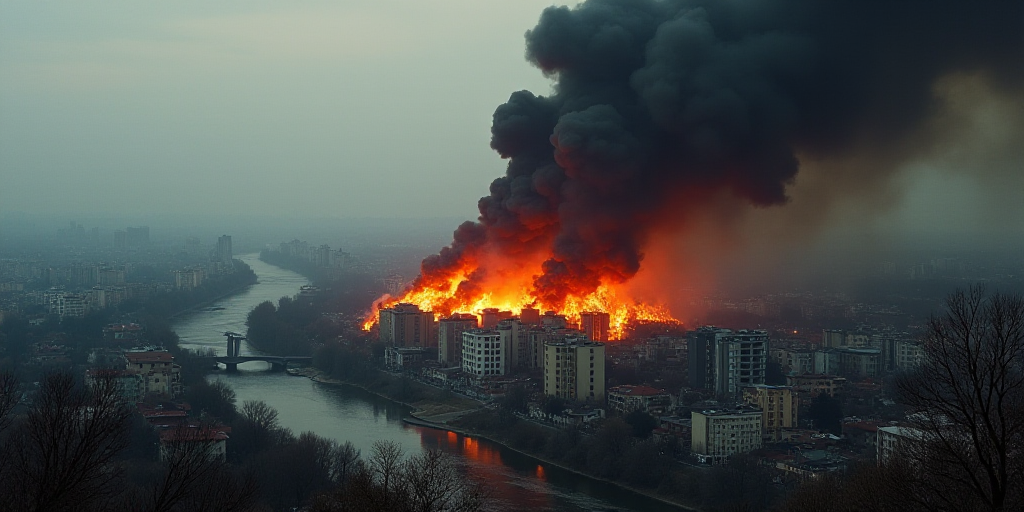Background on the Affected Area
The incident occurred on Saturday, September 13th, in a marginal neighborhood of Manila, the capital city of the Philippines. This area is known for its informal settlements, where many low-income families reside.
The Devastating Fire
An enormous fire ravaged the neighborhood, destroying more than a thousand homes and leaving over a thousand families without shelter. The blaze, which started in the late afternoon, quickly spread due to strong winds and the close proximity of houses made from flammable materials.
Immediate Impact
- More than 1,000 families lost their homes and all their belongings.
- Many residents were left injured, with some suffering from smoke inhalation and burns.
- Local authorities and relief organizations scrambled to provide immediate assistance, including food, water, and temporary shelters.
Who are the Affected Families?
The affected families primarily consist of low-income workers from Manila’s bustling metropolis. Many are daily wage earners, working in informal sectors such as street vending, waste picking, or construction. Their precarious living conditions make them particularly vulnerable to such disasters.
Relevance of the Incident
This tragic event highlights the housing crisis faced by many urban dwellers in Manila and similar cities worldwide. Informal settlements, often located on hazard-prone areas, are susceptible to natural disasters and accidents. The recent fire underscores the urgent need for improved housing policies, disaster preparedness, and social protection for vulnerable communities.
Government and Community Response
Following the fire, local authorities, along with non-governmental organizations (NGOs) and community groups, have mobilized to offer support. Efforts include:
- Providing temporary shelters and essential supplies to displaced families.
- Assessing the damage and planning long-term rehabilitation strategies.
- Raising awareness about the risks of living in hazard-prone areas and promoting safer housing options.
Key Questions and Answers
- Who was affected by the fire? Over a thousand low-income families living in a marginal neighborhood of Manila were left homeless.
- What caused the fire? The exact cause of the fire is still under investigation, but strong winds and flammable materials used in constructing the houses likely contributed to its rapid spread.
- What are the long-term implications? This incident emphasizes the need for better housing policies, disaster preparedness, and social protection for vulnerable communities in urban areas.
- How is the government responding? Local authorities, NGOs, and community groups are working together to provide immediate assistance, plan long-term rehabilitation strategies, and raise awareness about living in hazard-prone areas.






